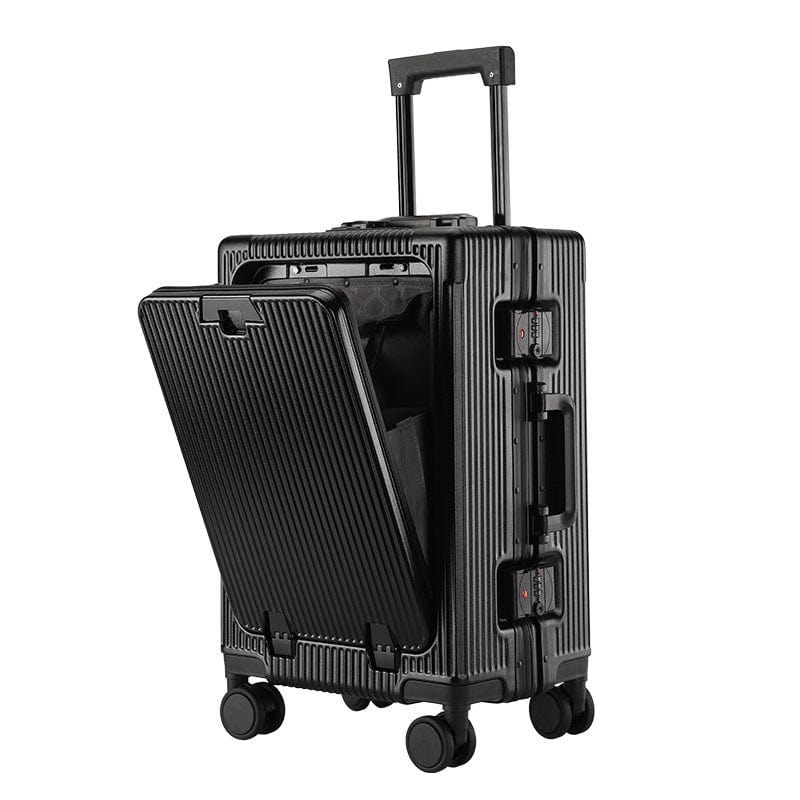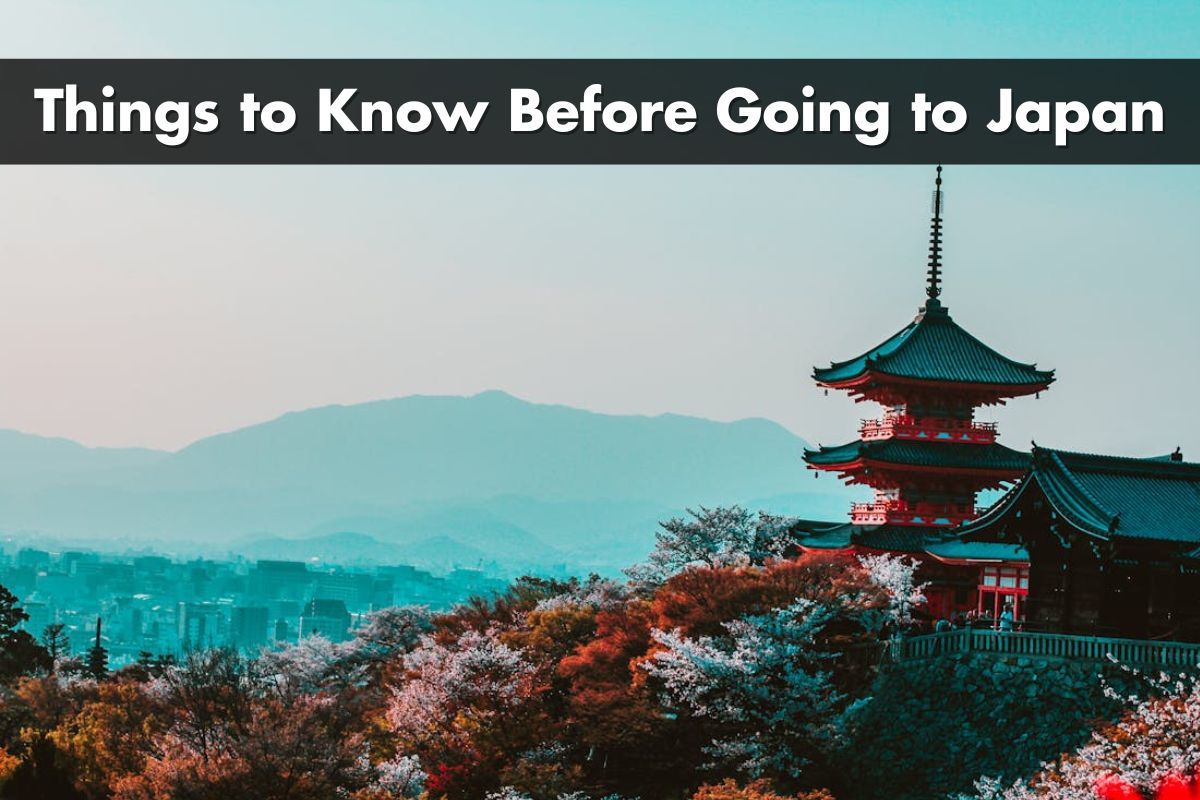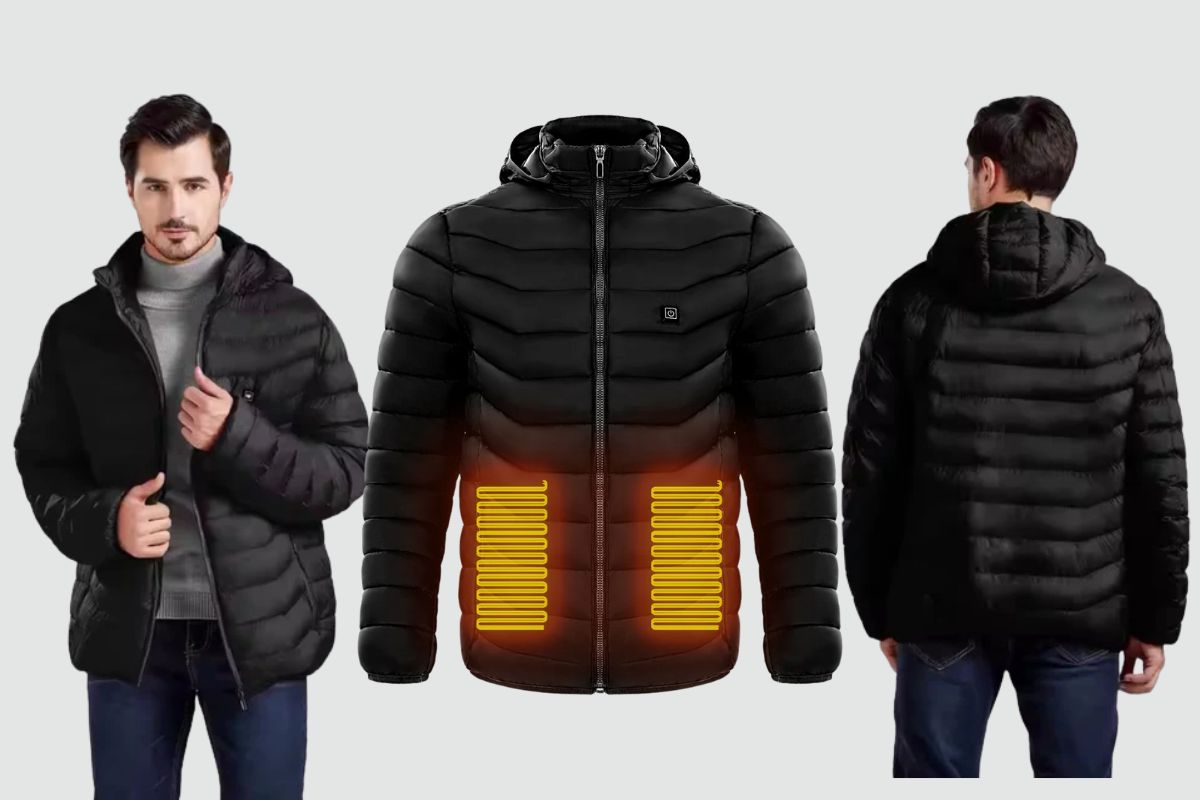Japan is a captivating blend of ancient traditions and cutting-edge modernity, making it a dream destination for many travelers. From serene temples and breathtaking natural landscapes to bustling cities filled with neon lights, the country offers an experience like no other. But beneath its beauty lies a unique culture with unspoken rules that can easily catch visitors off guard.
Whether it's navigating social customs or avoiding common tourist mistakes, being prepared can make all the difference. Japan's distinct etiquette, language, and way of life might seem overwhelming at first, but with a little insight, you can ensure your trip is smooth and memorable. Understanding what to expect will not only help you avoid awkward moments but also allow you to fully immerse yourself in this fascinating destination. Let’s explore the essentials you need to know before embarking on your journey to Japan.
Best Backpack for Traveling to Japan – Stylish, Smart & Airline-Ready
Choosing the right travel backpack enhances your travel experience in Japan. Opt for a lightweight backpack with a capacity of 20–30 liters, ensuring it’s compact enough for Japan’s crowded trains but spacious for essentials. A sleek, stylish design blends well with Japan’s urban settings and avoids standing out unnecessarily.
Look for features like multiple compartments to stay organized while moving through transit-heavy cities. Consider water-resistant materials, as sudden rain showers are common. An anti-theft design, such as hidden zippers or RFID-blocking pockets, adds security for crowded train stations or tourist areas.
Carry a backpack that meets airline carry-on dimensions to avoid delays or extra fees. Many models with dimensions around 22 x 14 x 9 inches fit the criteria. Compression straps help fit more items without exceeding luggage restrictions.
Things to Know Before Going to Japan
Traveling to Japan is an incredible experience, but preparing properly can make your trip even more enjoyable. Keep these critical aspects in mind to avoid potential inconveniences and immerse yourself fully in the culture and beauty of Japan.
Flights, Timing, and Jet Lag Reality
When flying to Japan, securing a direct flight, if possible, helps reduce travel fatigue. Most flights land at major airports like Tokyo Narita, Haneda, or Osaka Kansai. Arriving early in the day offers extra time to adjust and check into your accommodations. Adjusting your body clock beforehand by gradually shifting your sleep schedule minimizes jet lag. For example, if you're coming from the US, try sleeping earlier by one or two hours daily a week prior to departure.
Cultural Expectations & Etiquette
Respectful behavior is central to Japanese culture. For example, don’t talk loudly on public transport, avoid eating while walking, and always remove your shoes when entering traditional homes or certain restaurants. Tipping isn’t customary and can be seen as awkward, as excellent service is standard. Master simple phrases like "arigatou gozaimasu" (thank you) and learn proper bowing etiquette to show politeness.
Visas and Entry Documents
Most tourists from 68 countries, including the US, UK, and Australia, enjoy visa-free entry to Japan for stays up to 90 days. Bring a valid passport with at least six months of validity from your arrival date in Japan. Always carry your physical passport, as copies or digital photos aren’t legally acceptable. Ensure you have onward or return ticket proof, as immigration may request it.
Accommodations: Book Smart, Sleep Better
Plan accommodations at least 6–9 months in advance, especially during high seasons like cherry blossom season or Golden Week in May. Options range from traditional ryokans with included meals to capsule hotels for budget-conscious travelers. Many hotels maintain strict check-in times after 4 PM and check-out by 10 AM, so plan your day around these times. If using Airbnb or similar services, confirm adherence to Japan's accommodation regulations.
Budgeting and Costs
Japan offers a range of options for all budgets. Meals cost around 500–2,500 JPY per dish, while mid-range hotel stays average 15,000–25,000 JPY per night in cities like Tokyo. Transport can quickly add up with Japan Rail Passes, which cost several hundred dollars but allow unlimited travel on major train lines. Save costs by utilizing overnight buses, convenience store meals, and capsule hotels.
Packing Strategy & What to Wear
Pack lightweight for easier navigation on public transit. Compact luggage under airline carry-on dimensions eliminates storage issues on shinkansen routes. Dress appropriately for Japan’s four distinct seasons—layers for variable spring and autumn weather, breathable clothes for humid summers, and solid winter gear for snowy conditions. Keep clothing neat and conservative; avoid flashy items to blend in better with locals. Consider packing slip-on shoes, as you'll frequently remove footwear.

Tips for Traveling in Japan (Once You’ve Landed)
Navigating Japan becomes smoother with an understanding of cultural practices and local norms. Here are essential tips to guide interactions, travel, and experiences after arrival.
Move Like You Belong
Japan’s efficient public transit requires awareness. Stand on the left side of escalators in Tokyo and the right in Osaka to avoid blocking others. Board and exit trains quickly while adhering to the marked queue lines on platforms. Avoid speaking loudly or taking calls while on public transit. For exploring rural areas, I recommend renting bicycles, readily available in most towns and offering a more personal way to experience the surroundings.
Eat Like a Local, Respectfully
Dining etiquette varies depending on the setting. Use chopsticks properly by avoiding pointing, passing food, or leaving them sticking upright in rice. At street vendors or festivals, find a designated eating area instead of eating while walking. In restaurants, place cash in the money tray instead of handing it directly to the staff. If you’re at a noodle shop, slurping loudly is not only acceptable but appreciated, as it shows enjoyment of the meal.
Cleanliness, Trash & Bathrooms
Public trash cans are rare, so I carry a small bag for wrappers and bottles until I can dispose of them at a convenience store or designated spots. Japan’s bathrooms are unique—train station toilets are impressively clean, and many offer advanced features like heated seats and bidets. Look for indoor slippers near the restroom entrance if you’re in traditional settings, as some bathrooms require them.
Mindset, Jet Lag & Overstimulation
Japan’s vibrant cities can overwhelm travelers. I plan breaks at parks or quieter temples to avoid overstimulation, especially in places like Shibuya or Dotonbori. To tackle jet lag, I suggest staying awake until the local bedtime on arrival day. Mindful walking and speaking softly in crowded areas reflect the calm and respectful pace of Japanese society.
Itinerary Building & Regional Planning
For a well-rounded trip, I build an itinerary balancing urban and rural experiences. Tokyo’s futuristic skyline contrasts beautifully with Takayama’s preserved Edo-period streets. Use Google Maps for train schedules but allow flexibility for unplanned discoveries. If traveling extensively, regional rail passes can reduce costs compared to the nationwide JR Pass.
Shopping, Souvenirs & Consumer Culture
Department stores, traditional markets, and vending machines represent Japan’s consumer culture. I avoid haggling as prices are generally fixed. Souvenirs with cultural value include matcha, sensu (folding fans), and specialty snacks like Tokyo Banana. Packaging often includes artistic designs, showcasing Japan’s attention to detail even in small purchases.
Safety, Emergencies & the Unexpected
Japan is highly safe, but I always keep my passport and a copy of my accommodations’ address in Japanese for emergencies. Earthquakes occasionally occur, so familiarize yourself with evacuation routes and emergency instructions. Convenience stores are lifesavers, offering free Wi-Fi, first aid items, and essential supplies if something unexpected arises.
What Not to Do When Traveling in Japan
Avoiding cultural missteps in Japan means respecting its unique customs and unspoken rules. Here are specific actions to steer clear of:
- Being loud in public spaces: Maintain a low volume when speaking, especially on public transport. Japanese people value quiet environments, so talking loudly can be seen as disruptive.
- Handing money directly: Use the small trays provided at registers when paying in stores or restaurants. This practice reflects politeness and consideration.
- Skipping the mask when sick: Wear a mask if you're feeling unwell to prevent spreading germs. It's common courtsey and widely practiced.
- Tipping: Don't leave tips, whether in restaurants or taxis. Exceptional service is a standard, and tipping might cause confusion.
- Occupying priority seats unnecessarily: Seats marked for the elderly, pregnant, or disabled should be left vacant unless you belong to these groups.
Other behaviors to avoid include walking while eating or smoking, jaywalking, asking geishas for selfies, and ignoring footwear customs like removing shoes indoors. Misusing chopsticks, such as pointing with them or playing with food, can also offend. By following these guidelines, it's easier to demonstrate respect for Japanese cultural values.

Final Thoughts
Japan offers an unforgettable blend of tradition and modernity, making it a destination like no other. By taking the time to understand its customs, plan efficiently, and pack wisely, you can ensure a seamless and enriching journey. Respect for local culture goes a long way in creating meaningful experiences, and small efforts to adapt can make your trip even more rewarding. Whether you're exploring bustling cities or serene countryside, Japan's charm is bound to leave a lasting impression.













